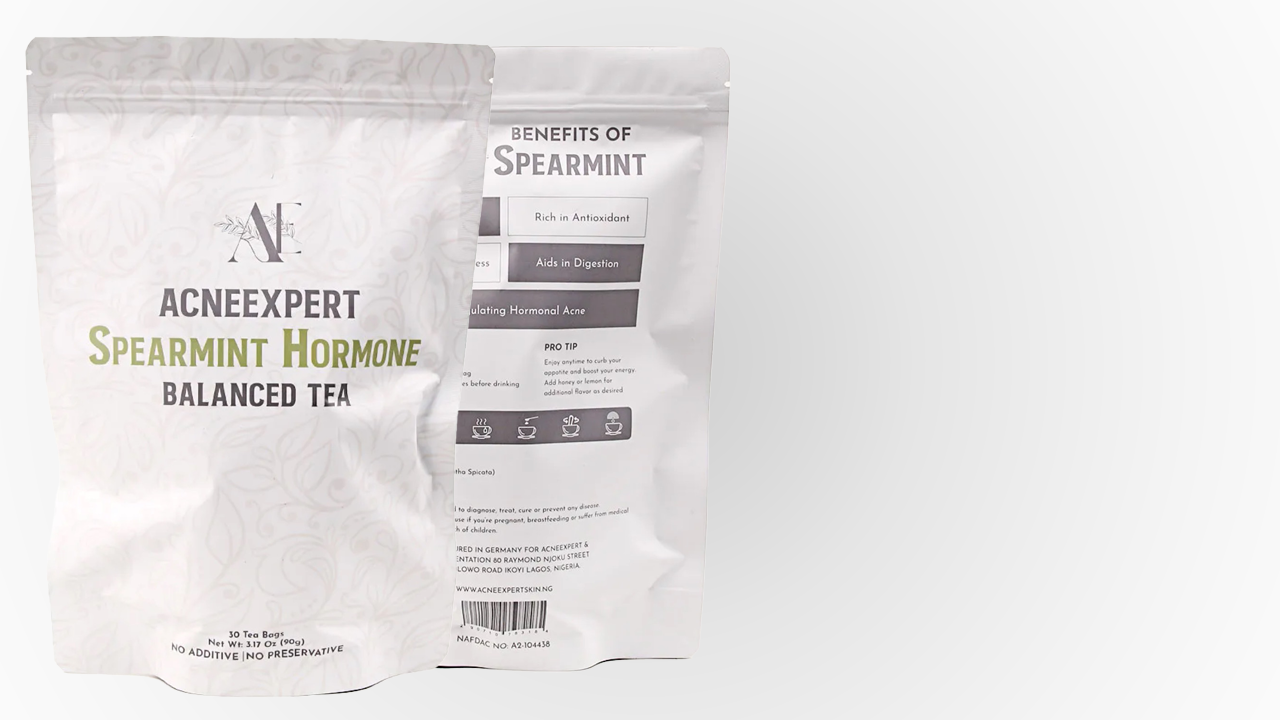Dealing with pesky facial pimples that just won’t go away and you’re wondering what causes the facial pimples? We’ve all been there. Whether it’s a single, stubborn blemish or a full-blown breakout, facial pimples can be frustrating and ruin our confidence. But what are the underlying causes of these annoying skin conditions?
In this article, we’ll dive deep into the world of facial pimples and explore the various factors that cause facial pimples. From hormonal imbalances to clogged pores, we’ll uncover the primary causes of this frustrating skin concern.
Understanding the root causes of facial pimples is crucial for effectively treating and preventing them. By gaining insight into why they occur, you can implement targeted strategies to keep your skin clear and blemish-free.
So, if you’re tired of battling with facial pimples, keep reading to discover the common triggers and tips to help you achieve clear and glowing skin. Don’t let acne hold you back from feeling confident in your skin – take control of your skin’s health today!
Understanding the Causes of Facial Pimples
Facial pimples can be caused by a combination of factors, including hormonal imbalances, genetics, environmental triggers, lifestyle choices, dietary factors, and skincare practices. Understanding the underlying causes can help you take the necessary steps to prevent and manage facial pimples effectively.
1. Hormonal Factors Contribute to Facial Pimples
Hormonal imbalances are one of the leading causes of facial pimples. During puberty, hormonal fluctuations can lead to increased oil production, which can clog pores and result in acne breakouts. This is why teenagers often experience more frequent and severe acne than adults.
However, hormonal acne can also affect adults, particularly women. Hormonal changes related to the menstrual cycle, pregnancy, and menopause can all contribute to the development of facial pimples. Increased levels of androgens, such as testosterone, can stimulate the sebaceous glands to produce more oil, leading to clogged pores and acne. They’re usually characterized by cysts or bumps filled with pus.
Tips on how to manage hormonal acne
- Use only oil-free products
- Wash your face at least twice a day to prevent oil buildup that can clog your pores.
- Avoid touching your face or popping your pimples.
- Clean your pores regularly with exfoliating ingredients like benzoyl peroxide.
Overall, topical treatments are not the best form of treatment for severe hormonal pimples (acne). In this case, it’s best to consult a professional.
2. Genetics: Causes of Facial Pimples
Genetics can contribute significantly to facial pimples. If your parents or close family members have a history of acne, you are more likely to develop it yourself. This is because certain genes can influence how your skin responds to hormonal changes, how well it sheds dead skin cells, and how efficiently it produces sebum (oil).
While you can’t change your genetic makeup, understanding your predisposition to acne can help you develop a targeted skincare routine and lifestyle habits to keep breakouts at bay. It’s important to remember that genetics are just one piece of the puzzle, and other factors can also contribute to the development of facial pimples.
Tips for managing hereditary pimples
- Practice good hygiene
- Manage your stress levels
- Consult a dermatologist for specialized treatment options.
Ultimately, hereditary pimples may seem impossible to overcome because they’re rooted in your DNA. However, with good hygiene and specialized treatment plans, you can achieve clearer skin.
3. Environmental Factors can Trigger Facial Pimples
Environmental factors, such as pollution and humidity, can also contribute to forming facial pimples. Pollutants in the air can settle on the skin and mix with sebum, leading to clogged pores and acne. Similarly, high humidity levels can increase sweat production, which can combine with dirt and bacteria on the skin’s surface, causing breakouts.
Additionally, exposure to harsh chemicals, such as certain skincare products or industrial settings, can irritate the skin and disrupt its natural balance. This can result in inflammation and the formation of facial pimples. So, it’s important to be mindful of your environment and take steps to protect your skin from potential triggers.
Tips to manage pimples caused by environmental factors
- Practice good hygiene; wash your face twice a day
- Stay hydrated; drink lots of water
- Use antioxidants like vitamin C or niacinamide in your skincare routine
- Always moisturize your skin
- Avoid touching your face with dirty hands
- Use sunscreen daily to protect your skin from harmful UV rays in the environment
By practising good hygiene and using skincare products that protect your skin from the harsh environment, you can overcome pimples caused by environmental factors.
Photo Credit: Image by freepik
4. Lifestyle Choices can Cause Facial Pimples
Certain lifestyle choices can worsen or trigger facial pimples. Factors like stress, lack of sleep, and smoking can all contribute to the development of acne. When you’re stressed, your body releases hormones that can increase oil production and inflammation, leading to breakouts. Similarly, inadequate sleep can disrupt hormone levels and weaken the immune system, making it harder for your skin to fight off bacteria.
Smoking, on the other hand, damages the skin’s collagen and elastin, leading to premature aging and an increased risk of acne. The toxins in cigarette smoke can also irritate the skin and clog pores, further worsening facial pimples. By making healthier lifestyle choices and managing stress levels, you can help reduce the occurrence of acne breakouts.
Tips on how to manage pimples caused by lifestyle choices
- Practice healthy lifestyle habits like sleeping well, reducing stress, and avoiding smoking.
- Avoid touching your face or popping pimples.
- Practice good hygiene
- Stay hydrated
- Moisturize and care for your skin
By adjusting your lifestyle habits, you can combat the underlying cause of facial pimples and improve your skin.
5. Your Diet: Causes of Facial Pimples
While the relationship between diet and acne is still being studied, certain dietary factors have been linked to the development of facial pimples. High-glycemic foods, such as sugary snacks and refined carbohydrates, can cause a spike in blood sugar levels, leading to increased insulin production. This can trigger inflammation and stimulate oil production, contributing to acne breakouts.
Dairy products, particularly those with high levels of hormones, have also been associated with an increased risk of facial pimples. Some studies suggest that the hormones present in dairy can stimulate oil production and clog pores, leading to acne. However, more research is needed to fully understand the impact of diet on acne development.
Tips on how to manage facial pimples caused by your diet
- Practice proper hygiene
- Eat less acne-causing foods like dairy, refined carbs, red meat, and sugary foods.
- Eat foods that promote healthy skin like fruits and vegetables and whole grains
By combining the right diet with proper hygiene and a good skincare routine, you can nourish your skin from inside out.
Skincare and Hygiene Practices for Preventing Facial Pimples
Photo Credit: Image by Freepik
Implementing a proper skincare routine and practising good hygiene can go a long way in preventing facial pimples. Cleansing your face twice a day with a gentle, oil-free cleanser can help remove dirt, oil, and bacteria from the skin’s surface. Avoid harsh scrubs or abrasive exfoliants, as they can irritate the skin and worsen acne.
Using products with ingredients like salicylic acid or benzoyl peroxide can help unclog pores and reduce inflammation. However, it’s important to introduce new products gradually to avoid skin irritation. Moisturizing regularly is also crucial, as it helps maintain the skin’s barrier function and prevents excessive oil production.
Additionally, avoid touching your face with dirty hands, as this can transfer bacteria and dirt to the skin, leading to breakouts. Change your pillowcases regularly, as they can accumulate oil, dirt, and bacteria over time. Lastly, be cautious with makeup products, opting for non-comedogenic options and removing makeup before bed to prevent pore blockage.
Over-the-counter and Prescription Treatments for Facial pimples
If you’re struggling with persistent facial pimples, you may consider using over-the-counter or prescription treatments to manage your acne. Over-the-counter options typically contain ingredients like benzoyl peroxide, salicylic acid, or sulfur, which help unclog pores and reduce inflammation. These products can be effective for mild to moderate acne.
For more severe cases, a dermatologist may prescribe topical or oral medications. Topical retinoids, antibiotics, or combination therapies can help reduce oil production, unclog pores, and fight off bacteria. In some cases, oral medications like oral contraceptives or isotretinoin may be recommended to address hormonal imbalances or severe acne.
It’s important to follow the instructions provided by your dermatologist and give any prescribed treatments enough time to show results. Be patient, as acne treatments can take several weeks or even months to fully work. If you experience any severe side effects or worsening of your acne, consult your dermatologist for further guidance.
Conclusion
Facial pimples can be frustrating, but by understanding the underlying causes and implementing the right strategies, you can effectively manage and prevent them. Hormonal imbalances, genetics, environmental factors, lifestyle choices, dietary factors, and skincare practices all play a role in acne development.
To manage facial pimples effectively, consider making lifestyle changes such as reducing stress levels, getting enough sleep, and avoiding smoking. Be mindful of your environment, protect your skin from pollutants, and choose skincare products carefully. Maintain a healthy diet, focusing on low-glycemic foods, and considering potential triggers such as dairy.
Develop a consistent skincare routine that includes gentle cleansing, moisturizing, and using non-comedogenic products. If over-the-counter treatments are not effective, consult a dermatologist for further evaluation and prescription options. Remember, managing facial pimples is an ongoing process, and what works for one person may not work for another. Don’t lose hope and be patient as you work towards achieving clearer, healthier skin.
FAQs
1. How do you treat facial pimples?
You can treat facial pimples by practising proper hygiene, using the right skincare products for your skin type and using targeted facial treatment for pimples (acne).
At acneexpertskin, we offer specialized acne treatment programs for different types of acne. Consult a dermatologist to find out the best treatment for you.
2. Which facial treatment is best for acne?
The right type of facial acne treatment for acne and dark spots depends on the type. For instance, facial treatments like microdermabrasion are effective treatments for mild acne.
Overall, the best approach is to have a consultation with a dermatologist to discuss the best facial treatment for your acne.








